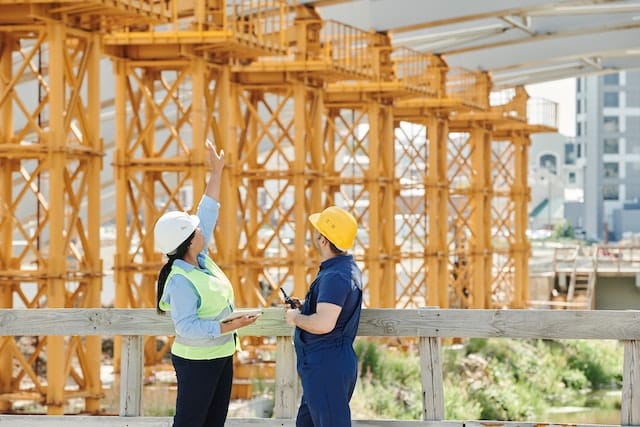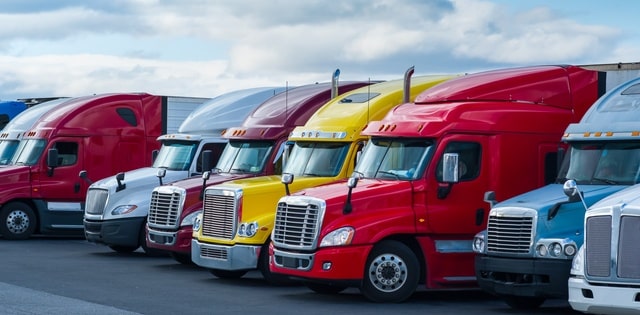Safety Measures for Industrial Construction Purposes


If you’re an industrial construction company, you must understand OSHA safety standards and how they apply to industrial construction. Some of these standards apply to general industry, while others are restricted to specific industries such as agriculture, marine, or construction. Additionally, these standards may apply to different work sites at different times. This can make it difficult to determine which safety measures for industrial construction purposes will be necessary for your needs. For instance, investing in equipment like a rolling ladder can significantly enhance safety protocols by providing secure access to elevated areas, aligning with OSHA’s emphasis on safe working conditions in industrial settings.
Safety nets
Safety nets for roof fall protection are used to protect people from falling while working on the roof of a building. They should be mounted as close as possible to the work area. The fall height is the distance from the building edge to where someone is likely to land on the net. This distance must not exceed six meters.
In addition to being an essential safety tool, safety nets provide passive protection from falls. Unlike traditional safety harnesses, safety nets protect without restricting movement. However, they must be properly installed and tested for their intended use. Using unsafe equipment is against the law, and any person hiring, leasing, or loaning a plant should ensure it is fit for its intended purpose.
Safety nets are webbed or mesh nets made of strong fibers. They are intended to provide fall protection for workers if other fall protection measures fail. They are regulated by OSHA and have certain standards for the materials used, their tensile strength, and where they should be hung. Moreover, safety nets must be tested frequently to ensure they are in perfect condition.
Guardrails
Protecting workers from falls is crucial during industrial construction, and guardrails are essential to this protection. They must be strong and stable and adhere to OSHA standards. If they do not, businesses can face stiff fines from local jurisdictions. These fines can reach more than $100,000 per violation.
The installation and use of guardrails must be done properly, following the manufacturer’s instructions. Failure to do so can lead to fines, higher insurance premiums, lawsuits, and medical expenses. Proper installation will protect your company and employees from harm. A properly installed guardrail system will last for years and withstand frequent wear and tear. A properly installed system will reduce the risk of injuries and the cost of accidents.
In the United States, building codes require that employees wear hard hats or other head-protection equipment while on the job. They also require that all working surfaces have guardrails, toe boards, and screens. In addition, canopy structures can be constructed to keep potential falling objects from falling.
Personal Fall Arrest Systems
Personal fall arrest systems are safety equipment that stops employees from falling from a height. They consist of a safety net, anchorage, and deceleration device. This safety equipment is designed to stop the employee completely and limit their deceleration distance to three and a half feet. The devices are also designed to absorb at least twice the impact energy of the employee’s free fall.
Fall protection is critical in the construction industry. As a result, the proper fall protection program must be implemented for every jobsite. Personal fall arrest systems are a key component of a complete fall protection program. They protect employees from injury and can be attached to other safety equipment.
Safety for businesses is an important consideration. When employees are performing work on steep roofs, they need to be protected from falling. This can be done through a safety net, guardrail, or personal fall arrest system. The system must be able to protect employees from falling over the edge and must be able to withstand 200 lbs. force. The system must also be able to protect workers who are working on unprotected sides or edges of the roof.









